Watch Salt for Svanetia, and learn a little more about this amazing country.
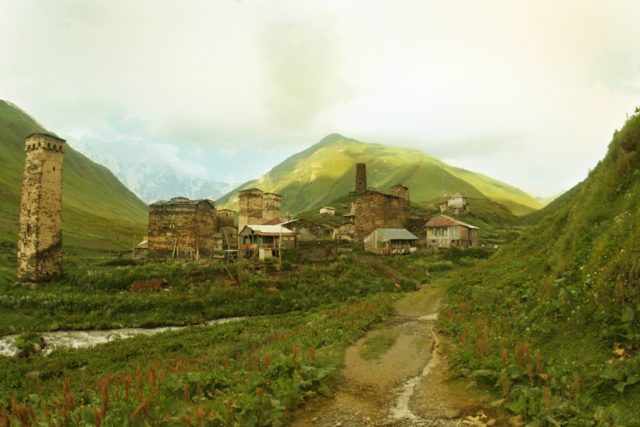
Each year on the Caucasian Challenge minimal assistance rally, one of the most beautiful locations we visit is Ushguli, the highest village in Georgia. In the mountains of the picturesque Svaneti region, and cut-off from the rest of civilization for many months each winter, the village was the setting for the 1930 silent movie Salt for Svanetia, which told the story of the local population and their traditions. It’s a fascinating artifact for anybody interested in Georgia.
The Film: Salt for Svanetia
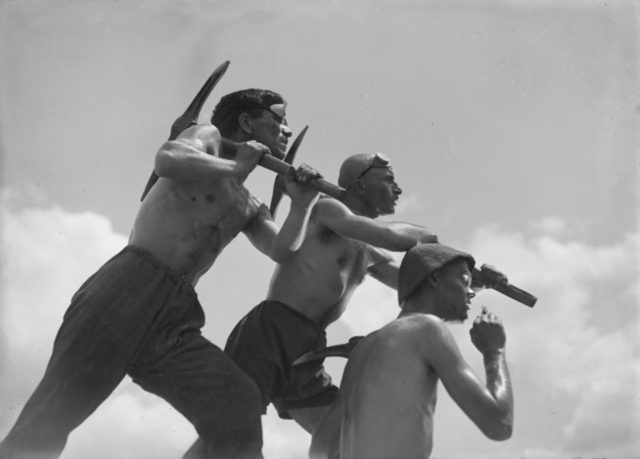
Salt for Svanetia was one of the world’s first ethnographic movies, and it captures the dying traditions of a remote community. The film in part emphasizes the unsustainability of these practices, and thus the need for Soviet modernization. Unsurprisingly, the “message” is that the Soviet occupation is helping the locals survive and thrive. However, though many scenes were staged, Salt for Svanetia is essentially a documentary. And while it also operates as thinly-veiled propaganda, Soviet authorities were displeased with the final product, not least because the film paints a more truthful picture than they intended. Rather than a dry explanation of the importance of Russian technology, it was a poetic evocation of the uniqueness of Georgian culture, and the magic of cinema itself.
The Setting: Svaneti
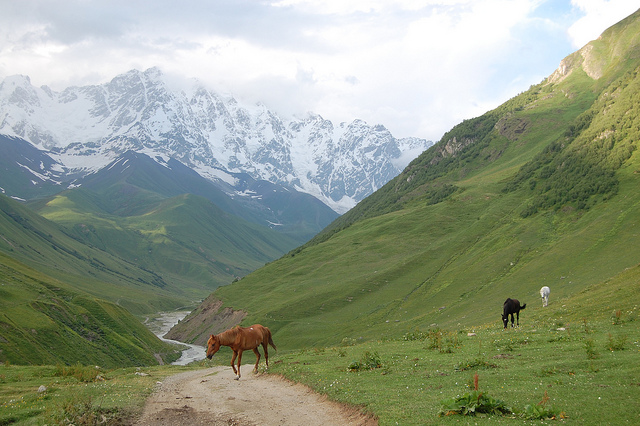
The film opens to a quote by Lenin: “Even now there are far reaches of the Soviet Union where the patriarchal way of life persists along with remnants of the clan system.” Even today, Svaneti is striking for its remoteness as well as its beauty. The film depicts the day-to-day life of Ushguli, “cut off from civilisation by mountains and glaciers“. We see the famous stone towers, which still remain, built to protect against rival tribes. We witness the traditional ways of life, from animal rearing to barley threshing, the perilous shortage of salt and the struggle to survive each winter. The climax of the film is the completion of a road connecting Svaneti to the outside world.
The Director: Mikhail Kalatozov
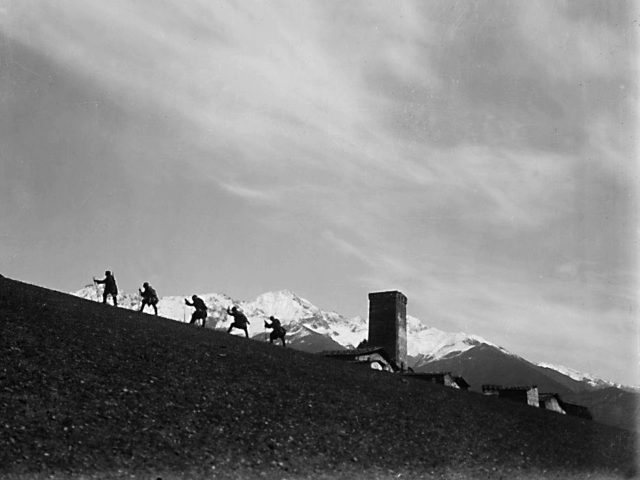
The film’s director, Mikhail Kalatozov, a Georgian, was to become one of the Soviet Union’s most respected filmmakers. This was his earliest notable work, and it later received praise by cinematic greats such as Andrei Tarkovsky, who called it an “amazing film“. However, upon its release, it barely pleased anybody. Locals claimed that scenes were staged, while Soviet authorities felt that the documentary film focused too much on the region’s traditions , rather than emphasizing the benefits of Soviet modernization.
Salt for Svanetia
Now watch it the movie for yourself here!
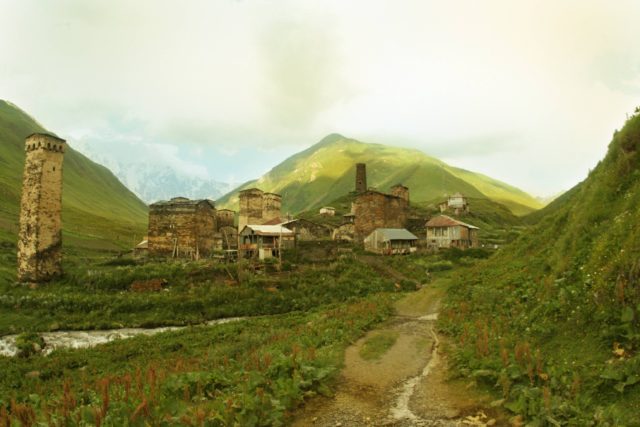
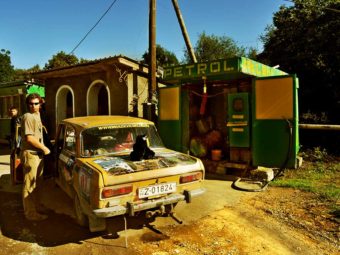
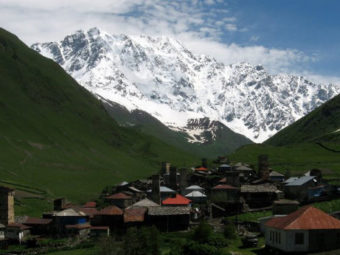

Leave a Reply